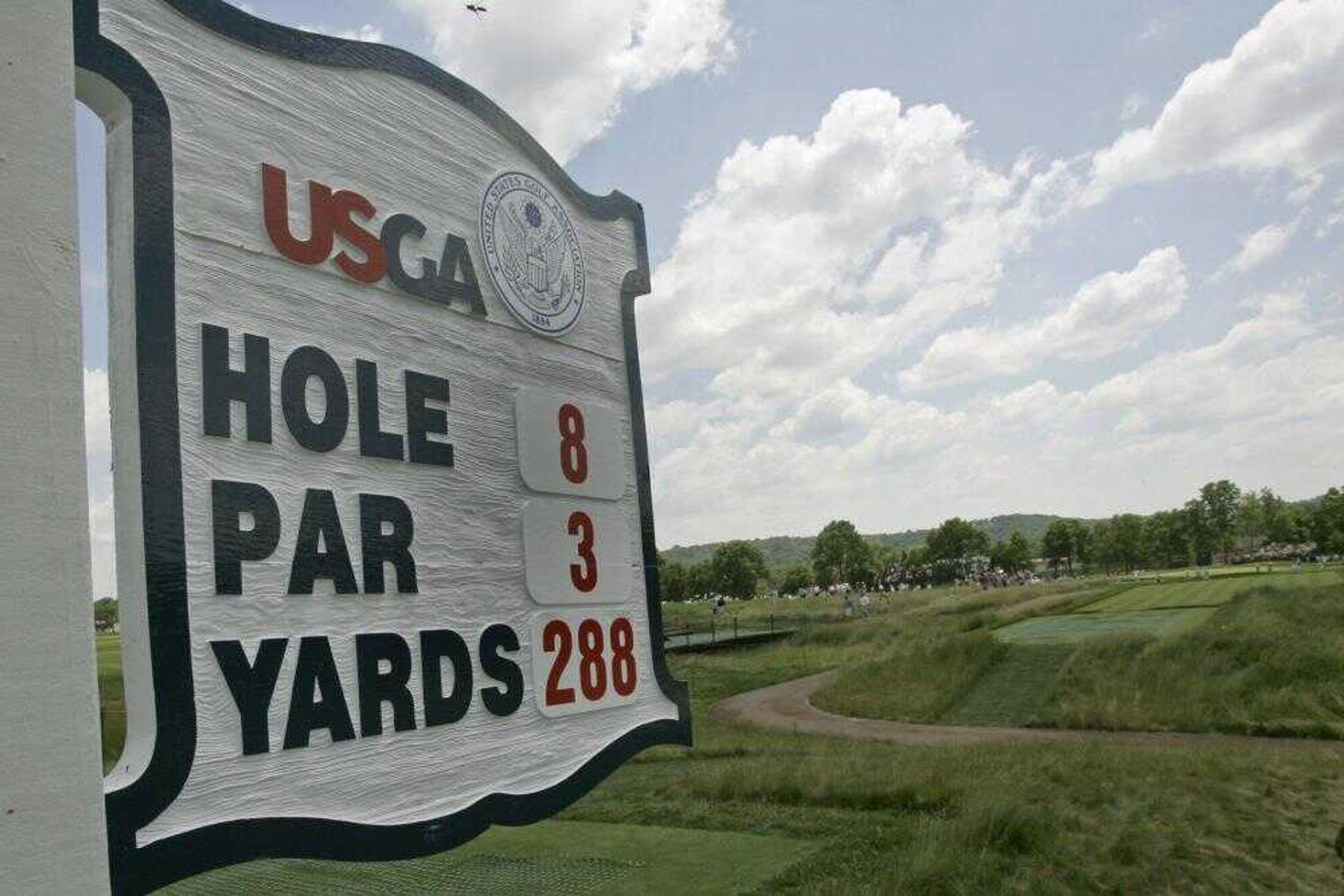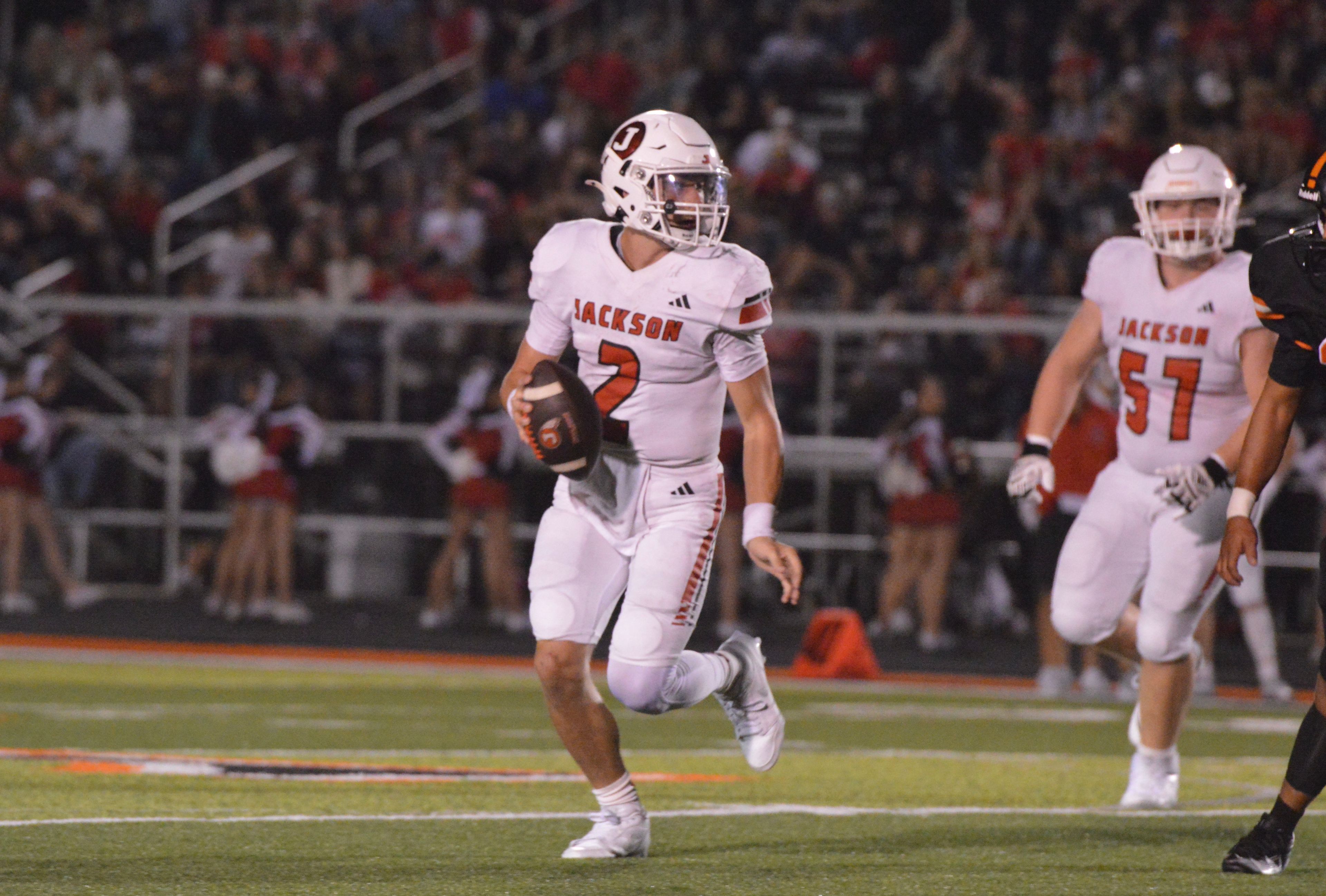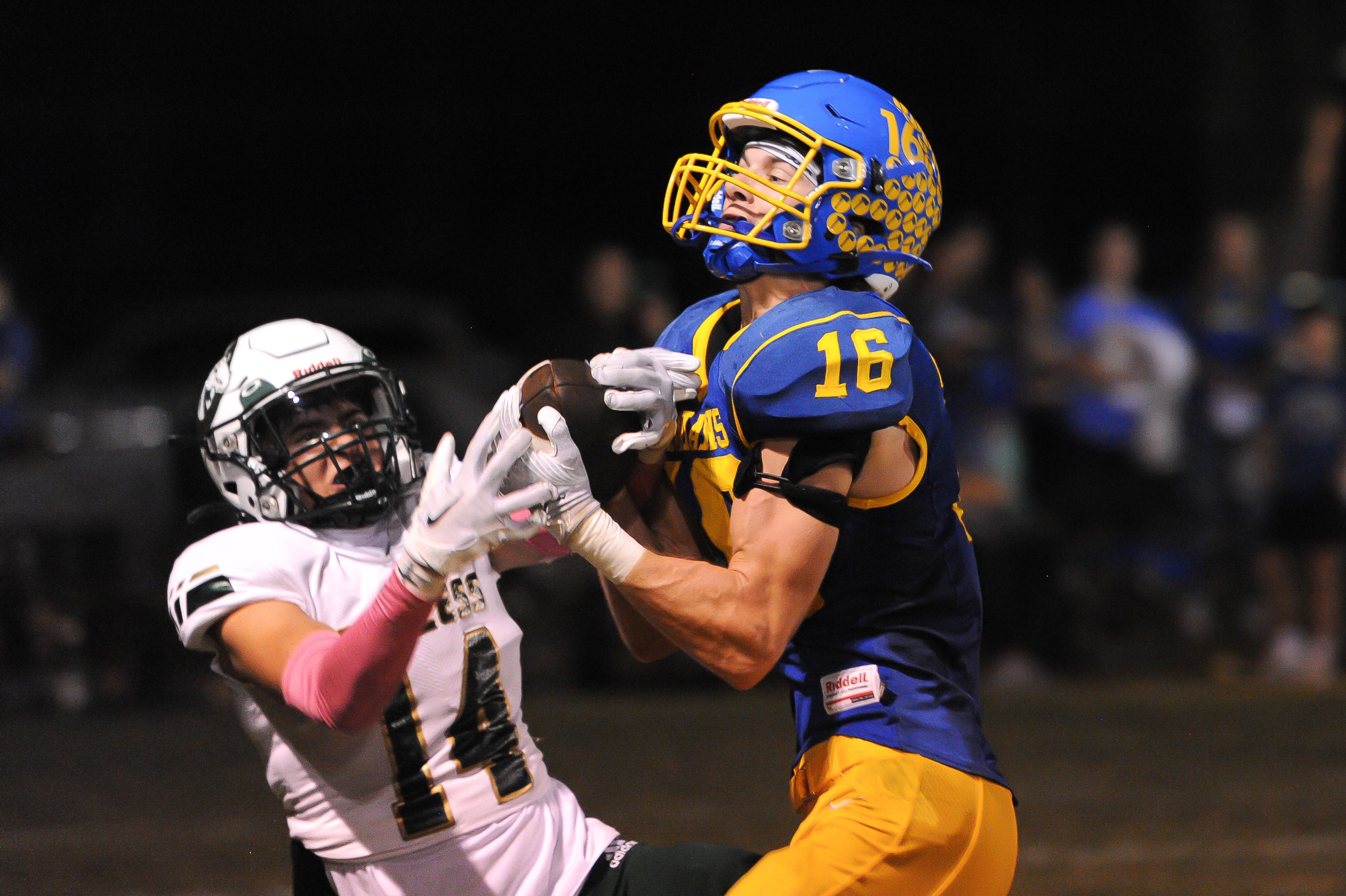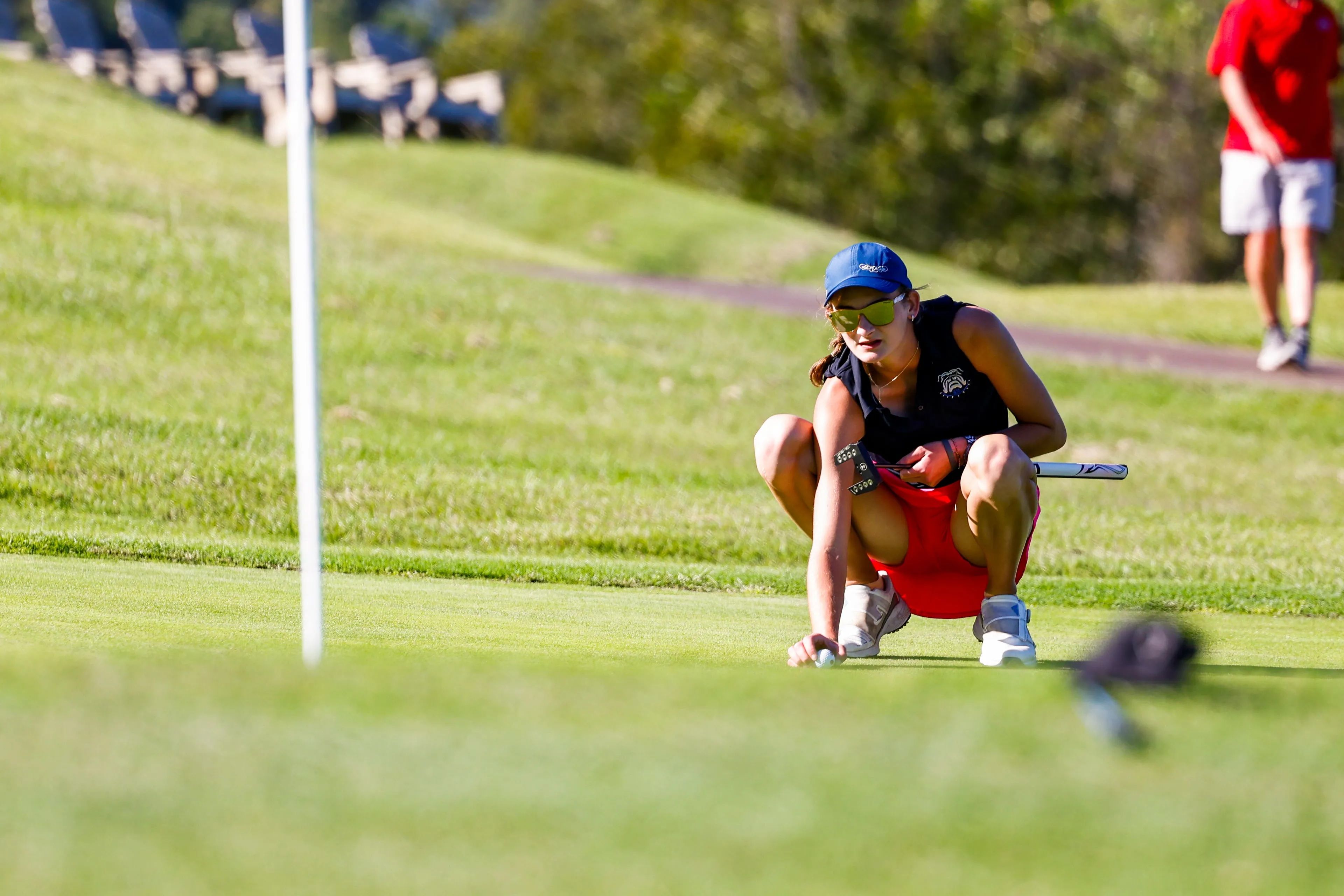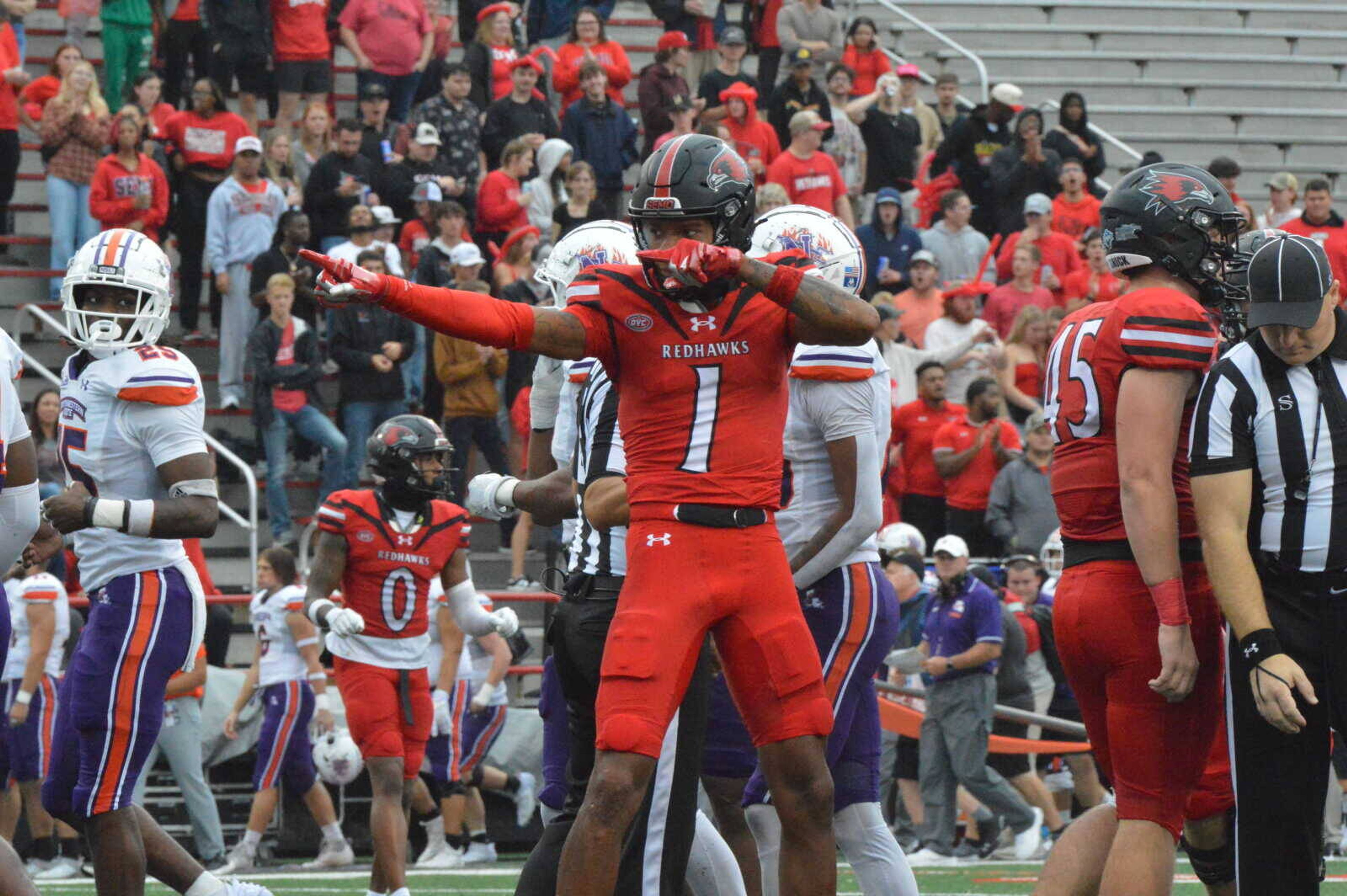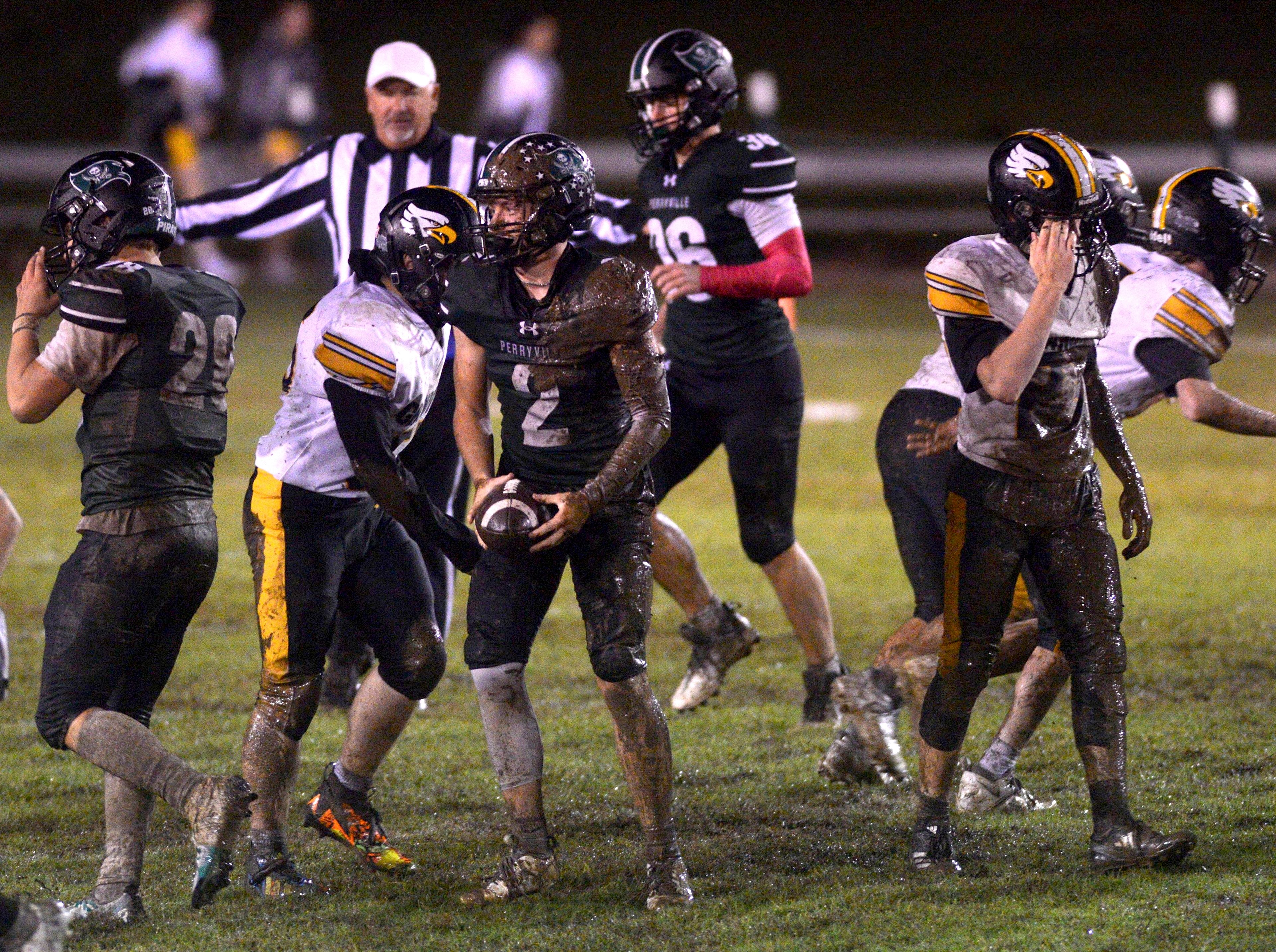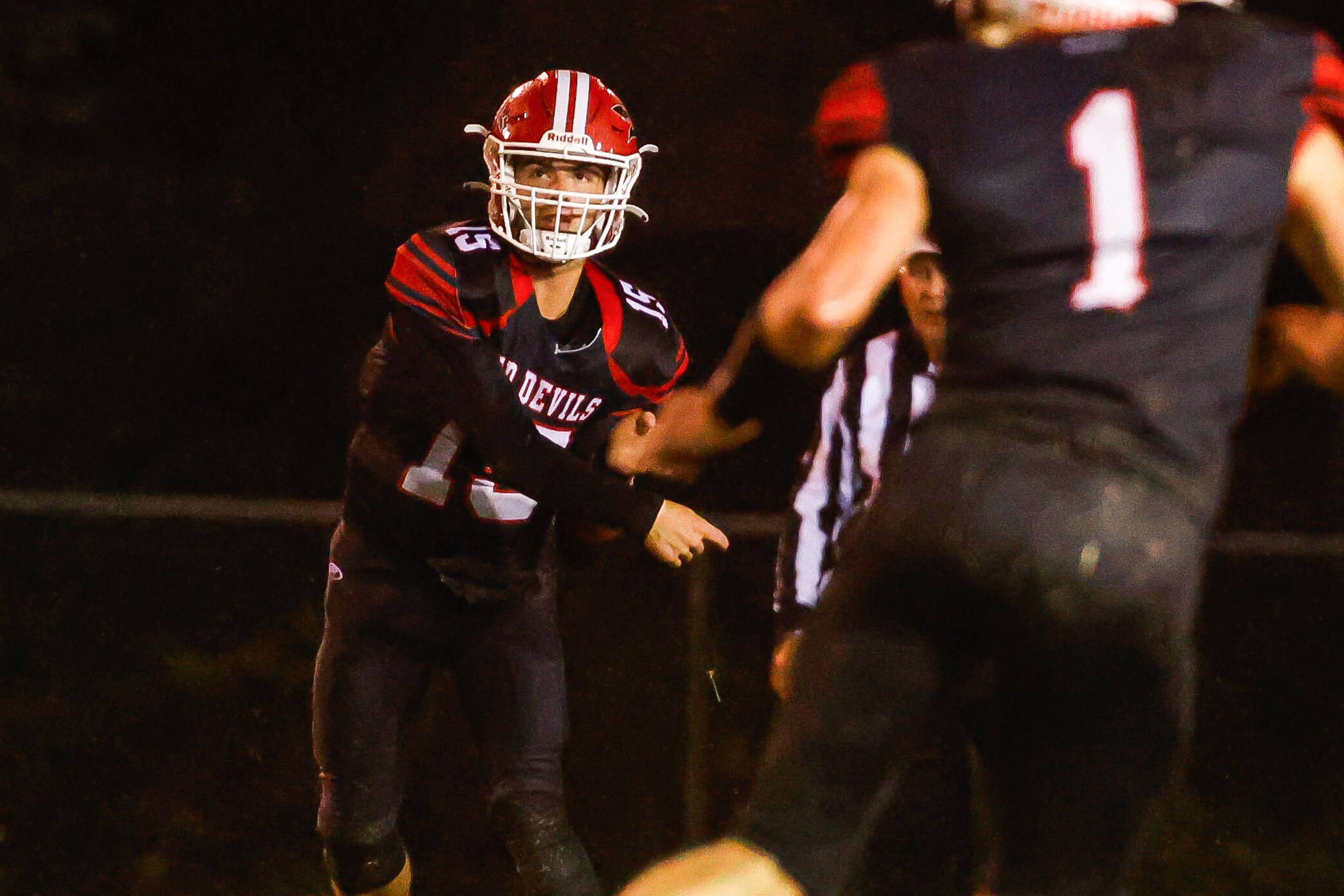~ The USGA lengthened No. 8 after amateurs breezed to birdies on it.
OAKMONT, Pa. -- Golfers would do well to stock up before reaching No. 8 at this week's U.S. Open. Grab some water, a few bananas, maybe an energy bar.
Better yet, hire a Sherpa.
No. 8 at Oakmont Country Club is a 288-yard par 3 and, no, that's not a misprint. It's the longest par 3 in major championship history, and it's going to give the Open field quite a test -- not to mention a workout.
"It's probably our best chance of making birdie, a short par 4," Sergio Garcia said Tuesday, drawing laughs. "Hitting woods into a par 3 is never fun. ... There's nothing you can really do about it. You just play it, try to hopefully make a 3."
The U.S. Golf Association has long taken pride in making its Open courses the toughest of the majors. The fairways are traditionally narrow, the greens are quick and the thicker the rough, the better. John Daly was so exasperated by the setup at Pinehurst in 1999 that he vowed he'd never play a U.S. Open again.
And he's won a British Open.
"We have a philosophy that we really want to test players," said Marty Parkes, a USGA spokesman. "You've got to really think your way around the golf course."
Thinking is one thing. Pulling out driver on a par 3 is another.
"It's a bit longer than I would picture as an ideal par 3," defending champ Geoff Ogilvy said. "I'm not a big fan of drivers and 3-woods into the par 3 with no wind. If it blows into the wind, no one is going to get there in one."
The USGA didn't turn No. 8 into a par 31/2 just to be mean, though.
The hole was 252 yards back when Oakmont hosted its first U.S. Open in 1927, and the distance didn't change the six times the major returned. When the U.S. Amateur was played at Oakmont in 2003, though, players treated the hole as if it had a windmill and a waterfall on it.
"We started watching players in the Amateur routinely hit 2-irons, 4-irons, 5-irons. A few of us shook our heads and said, this doesn't need to be done for the Open," said Mike Davis, the USGA's senior director of rules and competition who sets up the Open courses.
So the tee box was pushed back. Waaay back. The previous longest par 3 was the 262-yard No. 17 at Interlachen at the 1930 U.S. Open, according to Rand Jerris of the USGA.
Oakmont's No. 8 is now so long that spectators who don't know the course could easily mistake it for a par 4. The shortest par 4 on the course is, in fact, only 25 yards longer. A second group of marshals had to be added to the hole because the ones around the green couldn't see those on the tee signaling when balls were hit.
"We thought this distance would really put 1-irons, 3-woods, even drivers back in the players' hands," Davis said. "If we have a few players that just cannot get it there, so be it."
During Monday and Tuesday's practice rounds, only the longest hitters hit irons off the tee. Most used their 3-woods or hybrids, and a few even pulled out drivers. Still, balls were landing anywhere from 10 to 30 yards short of the green.
When Trevor Immelman reached off the tee, the crowd roared -- not the typical response for a tee shot on a par-3.
"You don't know what to call it. It's probably a par 31/2, so the USGA is going to round up or down," Phil Mickelson said. "Well, we know what way that is going to go."
Though its length makes it daunting, the USGA did have some compassion. The tee is slightly elevated, and the fairway is straight and not very narrow. The green is one of the largest on the course, and it's fairly flat.
There is, though, a bunker off the left front of the green.
"I've hit 3-wood there from the back tee," Tiger Woods said. "Even into the wind, I can still reach the front edge with a 3-wood."
The original tee box is still in play, too, so the hole can be shortened to 252 yards if the wind and weather calls for it.
But don't count on it. The weather the rest of the week is for clear, sunny skies, and few players even bothered teeing off from the shorter distance during practice rounds.
"There's not going to be many 2s there," Garcia said. "Hopefully you make your 3 and run to the next tee. Get out of there as quickly as possible."
Connect with the Southeast Missourian Newsroom:
For corrections to this story or other insights for the editor, click here. To submit a letter to the editor, click here. To learn about the Southeast Missourian’s AI Policy, click here.
